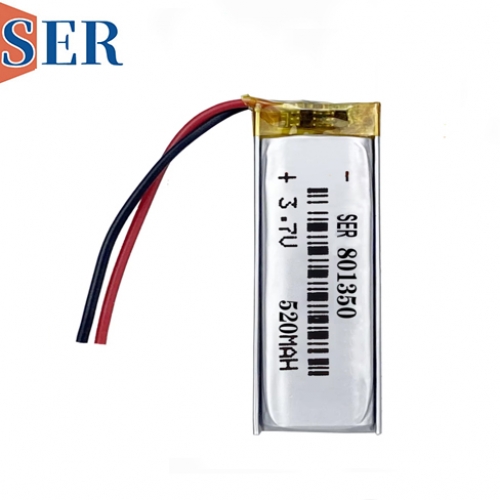Lithium battery specifications and technical terms-02
Lithium battery specifications and technical terms-02
We always want to find a battery with the largest capacity, but what is the acceptable price? What size and weight is required? non-rechargeable LiSOCL2 battery, LiMNO2 battery or rechargeable Lithium polymer battery,LiFEPO4 battery? Obviously there will always be trade-offs, so we need to know how the manufacturer details all of these specifications; we'll cover them in more detail in a future article, below we introduce a few related terms and specifications.
Battery Cell:
The smallest unit of Cell packaging capable of producing voltage by a basic chemical reaction. If a single Cell can not produce enough voltage, current, power, or time, several battery cells can be connected together in a modular or larger package. For some chemicals, manufacturers of battery packs or modules must be trained or certified to sell them, based on safety, related components, circuits, and specific requirements for chemical feedstock use. Lisocl2 battery with SPC1520
Equivalent lithium content (ELC) :
This is a general classification of lithium battery contents (in Gram units) established by the authority for safety and Tourism and freight for lithium batteries. 8 grams of lithium is about the same as 100 watt-hours; so to calculate the lithium equivalent of a lithium-ion battery, multiply that by 8/100ーー ELC = Whx0.08.
Maximum continuous discharge current
The maximum current that can be safely and continuously drawn from a battery without substantially degrading or damaging its overall performance.
Maximum discharge pulse
The maximum current that the battery can discharge under the manufacturer's rated second pulse, followed by the rated return time. This value is usually defined by the battery manufacturer to avoid overdischarge causing damage to the battery or reducing its capacity.
Cycle durability or cycle life
The number of charge and discharge cycles a battery can undergo before it fails to meet its specific performance standards; this cycle life is estimated by specific charge and discharge conditions. The actual battery life is affected by the charge-discharge cycle rate and depth, as well as other factors, such as temperature and humidity; and the deeper the discharge depth, the lower the cycle life.
Charge/discharge efficiency (charge/discharge efficiency)
This is a percentage of the actual -LRB-charge/discharge process) transfer of energy and rated energy, the formula is-actEnergyergy/raEnergyeXgy x 100.
Self-discharge rate
The percentage of a battery that loses power each month without a current load. Even without a current load, a slow chemical reaction takes place inside the battery, reducing the battery's capacity, this is the main reason why batteries have an inventory life.
Normaly the self-discharge rate of LiSOCL2 battery and LiMNO2 battery is very small,2% per year, but rechargeable battery self-discharge rate is high.





